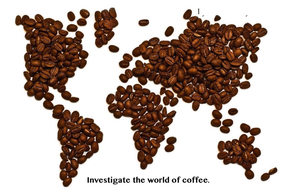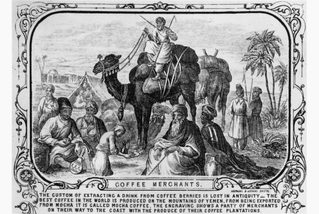 After arriving from French Guiana in the early 18th century, coffee quickly spread and thrived in Brazil. Today Brazil is responsible for about a third of all coffee production, making it by far the heavyweight champion of the coffee-producing world. Though many connoisseurs believe that Brazil’s emphasis on quantity takes a toll on quality, many also praise the country’s finer varieties. Brazil is the only high-volume producer subject to frost. The devastating 1975 frost, in particular, was a boon to other coffee-growing countries. Two 1994 frosts raised prices worldwide. Popular Varietals: Mundo Novo, Caturra, Catuai, Maragojipe, Santos, Bahia
1 Comment
 The global spread of coffee growing and drinking began in the Horn of Africa, where, according to legend, coffee trees originated in the Ethiopian province of Kaffa. It is recorded that the fruit of the plant, known as coffee cherries, was eaten by slaves taken from present day Sudan into Yemen and Arabia through the great port of its day, Mocha. Coffee was certainly being cultivated in Yemen by the 15th century and probably much earlier. In an attempt to prevent its cultivation elsewhere, the Arabs imposed a ban on the export of fertile coffee beans, a restriction that was eventually circumvented in 1616 by the Dutch, who brought live coffee plants back to the Netherlands to be grown in greenhouses. |
AuthorWrite something about yourself. No need to be fancy, just an overview. ArchivesCategories |
 RSS Feed
RSS Feed
